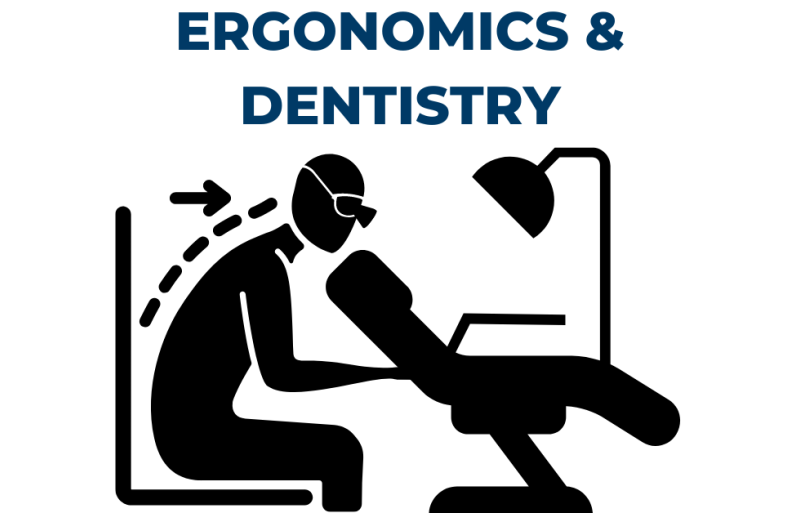The Europe in-vitro diagnostics market is expected to grow from US$ 22,616.55 million in 2022 to US$ 34,247.12 million by 2030. It is estimated to grow at a CAGR of 5.3% from 2022 to 2030.
Market Introduction
In-vitro diagnostics (IVDs), including immunoassays and molecular assays, are crucial for identifying infectious diseases. Diagnostic companies rapidly scaled up their offerings to manage COVID-19, with regulatory bodies temporarily adjusting standards to facilitate the launch of new IVDs. This collaborative effort led to a significant increase in demand for both molecular diagnostics and immunoassays. Additionally, many companies expanded their IVD manufacturing product lines.
A key development was the British In Vitro Diagnostics Association (BIVDA) launching its “The Digital Revolution” strategy in June 2021 to encourage IVD breakthroughs during the pandemic. In a further step, BioGX announced the CE-marked launch of a three-gene point-of-care (POC) multiplex COVID-19 test on its Pixel platform in July 2022. Consequently, the COVID-19 pandemic greatly benefited the in-vitro diagnostics market, driving up the need for both point-of-care (POC) diagnostics and extensive laboratory testing procedures.
Download our Sample PDF Report
@ https://www.businessmarketinsights.com/sample/TIPRE00022122
Europe In-Vitro Diagnostics Market Overview
The European in-vitro diagnostics market is divided into Germany, France, the UK, Italy, Spain, and the Rest of Europe. This market’s growth is largely due to increasing awareness of disease diagnosis, a growing aging population, and continuous technological advancements in in-vitro diagnostics. Germany holds the largest share of the European IVD market. Its industry is known for strong innovation, particularly in molecular biology, miniaturization, and automation. The German “Industrie 4.0” project is actively promoting digitalization, especially within the IVD sector, with “Lab 4.0” developed to streamline data handling and cloud-based solutions.
The COVID-19 pandemic caused a significant surge in demand for IVDs in Germany. Comprehensive testing was a central part of the German government’s health policy to combat the pandemic and protect its citizens. Companies based in Germany are proven innovators in developing molecular tests, as well as high-tech instruments and consumables vital for the bioanalysis of molecular information. Ongoing advancements in in-vitro diagnostics, marked by innovative product launches and the implementation of automation systems in labs, are further boosting the in-vitro diagnostics market in Germany.
Europe In-Vitro Diagnostics Market Segmentation
The Europe in-vitro diagnostics market is segmented into product & services, technology, application, end user, and country.
Based on product & services, the Europe in-vitro diagnostics market is segmented into reagents & kits, instruments, and software & services. The reagents & kits segment held the largest share of the Europe in-vitro diagnostics market in 2022.
Based on technology, the Europe in-vitro diagnostics market is segmented into immunoassay/ immunochemistry, clinical chemistry, molecular diagnostics, microbiology, blood glucose self-monitoring, coagulation & hemostasis, hematology, urinalysis, and others. The immunoassay/ immunochemistry segment held the largest share of the Europe in-vitro diagnostics market in 2022.
Based on application, the Europe in-vitro diagnostics market is segmented into infectious diseases, diabetes, oncology, cardiology, autoimmune diseases, nephrology, and others. The infectious diseases segment held the largest share of the Europe in-vitro diagnostics market in 2022.
About Us: Business Market Insights is a market research platform that provides subscription service for industry and company reports. Our research team has extensive professional expertise in domains such as Electronics & Semiconductor; Aerospace & Defense; Automotive & Transportation; Energy & Power; Healthcare; Manufacturing & Construction; Food & Beverages; Chemicals & Materials; and Technology, Media, & Telecommunications


